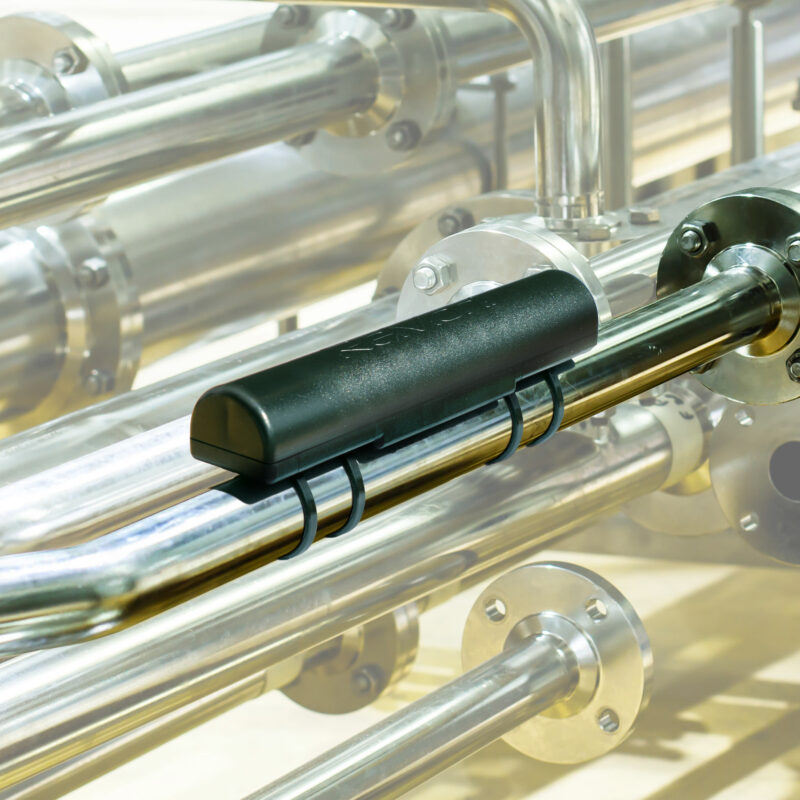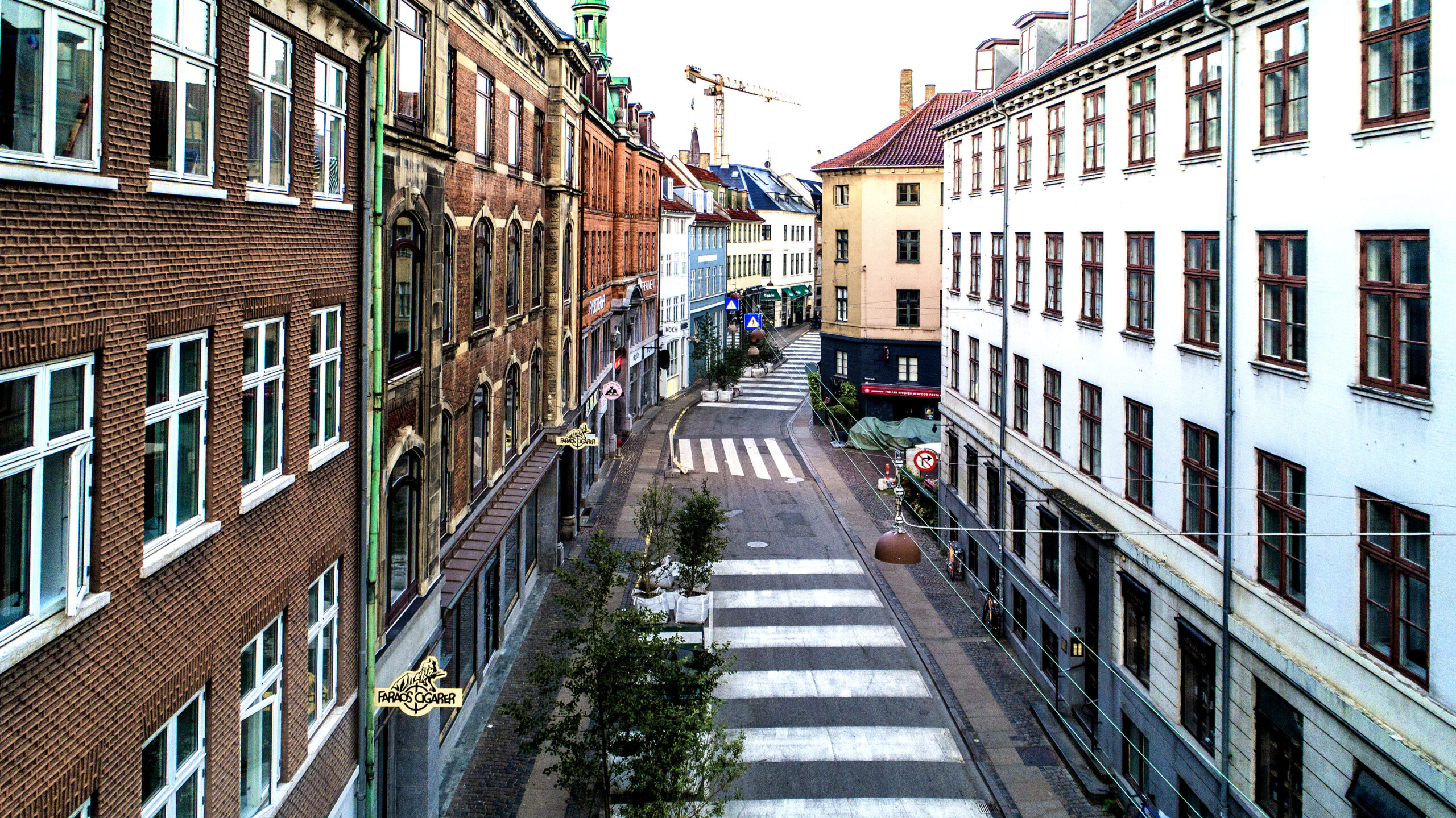Solution provider

With market-proven services, such as Predictive Energy Optimization, ReMoni ensures on average a 30% energy reduction in non-residential buildings.
Case


With market-proven services, such as Predictive Energy Optimization, ReMoni ensures on average a 30% energy reduction in non-residential buildings.
Add the case to your visit request and let us know that you are interested in visiting Denmark
Reducing energy usage in buildings through clampon intelligence.
The world’s buildings account for around 40 percent of the total energy consumption and around 36 percent of the world’s CO 2 emission according to EU data – the majority of this is when the buildings are in use. This calls for massive action to reduce both the energy usage and CO 2 emission.
When talking about energy efficiency, most still think about renovating buildings. However, the potential in exploiting the existing systems in the buildings witout making large investments in new systems or installations is huge.

At a large Danish municipality, ReMoni deployed the service Predictive Heating Optimization in the winter of 2022 in several buildings.
The service is basically an intelligent control of the heating system in the buildings. Here ReMoni installed a clamp-on intelligent solution, which monitors the water and heating consumption in the building. This is then
sent to ReMoni’s cloud Microservices, which combines it with data on weather forecast and other relevant data.
The AI algorithm builds a digital model of the building ensuring a continuously updated model of the thermal characteristics of the building, heating needs etc.
The ReMoni algorithm then determines when heating is needed in the municipality’s buildings and controls the heating systems based on this.
At the Danish municipality actual measured savings range from 16,5 percent to 35,9 percent on heating consumption, meaning that the savings have been correlated with the metre data from the building – and the indoor comfort temperature has not been impacted or changed.
The buildings vary in thermal characteristics and year of construction/renovation, however the measured savings are on average 30 percent in all cases. This shows that it can be worthwhile to both renovate a building to optimise thermal characteristics but at the same time ensure
efficient usage of the existing systems and installations.
It is also assumed that CO2 emissions have been reduced by approximately 25-30 percent.